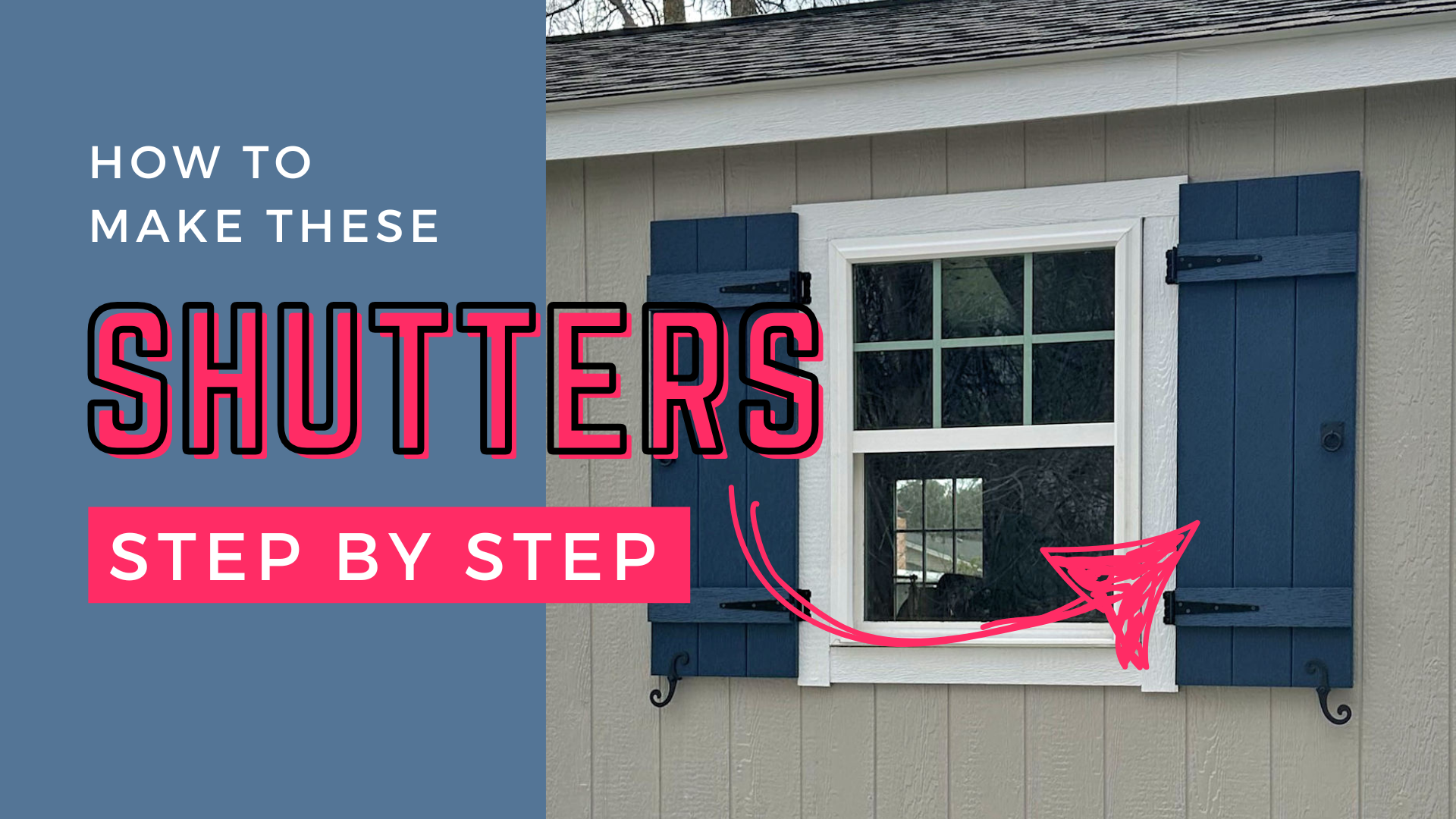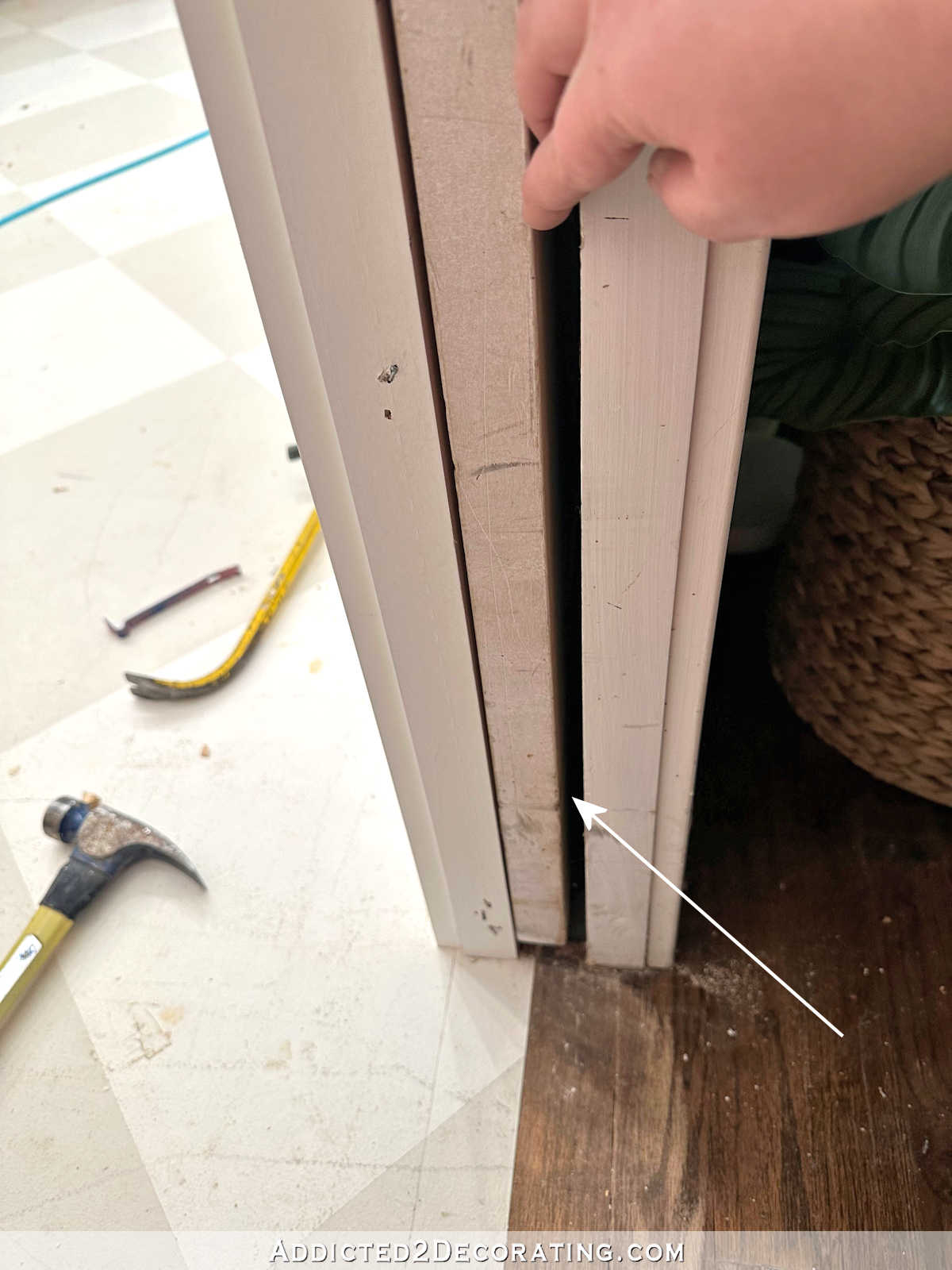The cost of a Trane AC unit may stand out when exploring cooling options. Trane is a leading name in the industry, known for its reliable air conditioning systems. Their range also features furnaces, heat pumps, and humidity control products. Although Trane AC units might be more expensive, their durability, reliability, and efficiency justify the price.
Use the tool below to connect with one of the best HVAC installation companies in your area:


HVAC Installation
In general, you can expect to pay between $5,540 to $10,980 per HVAC unit, installation costs, and removal of your old unit.
GET ESTIMATES


Furnace Replacement
In general, you can expect to pay between $4,000 and $7,000, including installation, old furnace removal, and labor.
GET ESTIMATES


Heat Pump Installation
In general, you can expect to pay between $3,000 and $35,000, but most homeowners spend between $5,800 and $7,500.
GET ESTIMATES
Highlights
- You can typically expect the total installation for a Trane AC unit to cost between $4,600 and $12,000
- The cost for your unit will vary depending on the model you choose
- Trane units are durable and last longer than competing units
What Is the Cost of a Trane Air Conditioner?
On average, most homeowners pay between $2,200 and $3,900 for a Trane AC unit, but with installation, the total AC installation cost often ranges from $4,600 to $12,000.
The cost of a Trane air conditioning unit hinges on several factors, including the model you choose, the size of your home, and the installation difficulty.
Trane AC unit costs typically fall between $2,200 and $3,900. When you add installation, prices can range from $4,600 to $12,000. This cost varies on factors, such as the specific Trane model, your home’s size, and installation complexity.
Efficiency
Top SEER Rating
21.5 SEER2
Noise Level
Lowest Sound Rating
55 decibels
Trane AC Cost by Model
Like many of the best AC brands, Trane offers an array of air conditioning units. On average, an entry-level Trane AC unit with installation costs between $3,200 and $6,500.
The chart below outlines Trane’s AC lineup to help you decide which option is best for your home. The costs below include the indoor unit (air handler) and the outdoor unit (condenser) of the air conditioner.
| Trane AC Model | Energy Efficiency (SEER2) | Installed Cost |
| Trane XR13 | Up to 13.8 | $3,500 to $5,000 |
| Trane XR14 | Up to 14.8 | $4,800 to $6,800 |
| Trane XR15 | Up to 15.6 | $6,000 to $8,000 |
| Trane XL15i | Up to 15.6 | $6,000 to $8,400 |
| Trane XR16 | Up to 16.2 | $6,000 to $8,400 |
| Trane XR17i | Up to 17.2 | $7,200 to $10,000 |
| Trane XV18 | Up to 18 | $6,300 to $8,800 |
| Trane XV20i | Up to 21.5 | $7,500 to $10,000 |
Trane Air Conditioner Cost vs. Competitors
When evaluating whether the Trane AC unit cost is worth it, we recommend comparing Trane and Bryant or with leading competitors like Lennox and Carrier using the chart below. This will help you decide on the best option.
| Cost Factor | Trane | Lennox | Carrier |
| Premium unit installed cost | $7,500 to $10,000 | $7,000 to $10,000 | $6,400 to $8,000 |
| Budget unit installed cost | $3,500 to $5,000 | $3,000 to $5,000 | $2,900 to $4,800 |
| Top efficiency rating | 21.5 SEER2 | 25.8 SEER2 | 24 SEER2 |
| Lowest sound rating | 55 decibels | 59 decibels | 51 decibels |
| Warranty | 10-year parts, 12-year compressor, 20-year heat exchanger | 10-year compressor, 20-year or limited lifetime heat exchanger | 10-year parts, 20-year or limited lifetime |
Which Factors Impact Trane Air Conditioner Costs?
The cost of your Trane AC system depends on several factors, including the efficiency rating you choose, installation costs, and the unit size you need for your home. Here are a few key factors that may affect your Trane AC unit’s cost.
Efficiency Rating
Air conditioning units come with varying Seasonal Energy Efficiency Ratios (SEER), usually ranging from around 13 SEER2 to 26 SEER2 — the higher the number, the more efficient the unit is.
For example, an 18 SEER2 unit is approximately 20% more efficient than a 14 SEER2 unit. While the 18 SEER2 will cost you more initially, you’ll be able to recoup the costs over the following years, as you’ll save more on cooling costs. The total savings will depend on several factors, as the system won’t always meet its maximum efficiency rating.
The higher the efficiency rating, the more expensive the unit. For example, consider these models:
- Trane XR13 with up to 13.8 SEER2: $3,500 to $5,000
- Trane XL15i with up to 15.6 SEER2: $6,000 to $8,400
- Trane XV20i with up to 21.5 SEER2: $7,500 to $10,000
If you’ve shopped for an AC unit before, you might notice a change in energy efficiency ratings from SEER to SEER2. The U.S. Department of Energy (DOE) has specific guidelines surrounding minimum efficiency requirements based on location. As of January 1st, 2023, all HVAC manufacturers must adjust to accommodate the new requirements.
SEER2 is an Energy Star rating and, like SEER, it stands for Seasonal Energy Efficiency Ratio. The number two at the end of the acronym reflects the updated requirements for new heating and cooling systems. While both measurements showcase the total heat removed from a conditioned space throughout the annual cooling season, SEER2 ratings are more accurate.
They utilize a new M1 testing procedure that accounts for field conditions of installed equipment by increasing the systems’ external static pressure by a factor of five. This provides a more accurate view of each system’s efficiency than the previous SEER measurement system.
Installation and Labor
Installation and labor costs make up a considerable portion of the final bill for your Trane AC unit — unless you install the unit yourself — so it’s essential to budget for this. In most cases, installation costs several thousand dollars, usually between $2,000 and $6,000.
Installation costs can fluctuate based on the difficulty of the installation, as some projects require more work than others. For example, suppose you don’t have existing ductwork and want to install a central AC system. In that case, the ductwork installation, which entails major remodeling, will contribute a sizable chunk to the final cost.
If your installer needs to repair or replace existing ductwork, you can expect to pay on the higher end of the spectrum, as it’ll take extra time and labor to complete. Generally, the cheapest installations are those without ductwork installations or remodeling, as that part of the project is expensive.
Labor costs vary from one area to the next. Some contractors set up their pricing systems differently than others, so this factor is highly variable based on your location and installer. You can compare this factor by obtaining quotes from a few local installers.
Location and Climate
In addition to installation costs and efficiency ratings, your location and climate will contribute to the final cost of your AC unit. While these factors don’t directly drive the unit’s price, they determine your AC unit’s standards.
As of 2023, homes in the northern United States must have AC units with no less than 14 SEER ratings. For southern households, the efficiency rating climbs to 15 SEER, as these areas experience higher temperatures and require better energy efficiency. However, while these requirements outline certain efficiency ratings, they solely apply to new installations.
Today’s Homeowner Tips
If you have an older unit with a lower efficiency rating, you don’t necessarily have to replace it. When your old unit taps out, you’ll have to choose a model with an efficiency rating that meets the minimum requirement in your area.
The DOE bases its requirements on average temperatures in the area. In southern areas of the United States, cooling loads demand a larger share of each household’s energy use, so the DOE requires homes to have more efficient units. Conversely, northern parts of the U.S. usually don’t experience long, drawn-out, or overly hot summers, so the energy efficiency requirement is slightly lower.
Here are the costs of Trane units based on the DOE’s efficiency requirements:
| Location | Minimum efficiency | Associated Trane Unit | Unit Cost |
| Northern U.S. | 14 SEER | Trane XR14 | $4,800 to $6,800 |
| Southern U.S. | 15 SEER | Trane XR15 | $6,000 to $8,000 |
Find HVAC Cost Estimates In Your State
Maintenance and Repair
Trane manufactures high-quality products, which usually hold up well over many years. However, you should service the system at least once per year, as this will ensure it remains running at an optimal level. Your HVAC technician might even spot potential problems before they arise and turn a repair job into a replacement. For more detailed information we refer you to our article on HVAC preventative maintenance guide.
The average cost for an HVAC tune-up is $200, but you could pay between $75 and $350, depending on where you live and how large your system is. Trane’s repair prices are comparable to competitor brands,
If the unit is still under warranty, replacement parts should be available at no charge. You may also consider a home warranty to cover your HVAC system if your manufacturer’s warranty has expired.
One-Stage, Two-Stage, or Variable Speed
Trane central air conditioners are available in single-stage (one-stage), two-stage, or variable-speed varieties. Variable speed units are the most efficient and will more evenly cool your home than a single-stage unit. Here are the main differences:
- Single-stage: One-stage AC units only run 100% on or completely off. They are the least expensive type of AC unit but are also the least efficient and could leave your home with hot and/or cold spots. Single-stage Trane AC units cost between $3,500 and $5,000.
- Two-stage: Two-stage air conditioners have two settings: 100% and 30-40%. Since the compressor can modulate the amount of cooling, it can more evenly cool your home and provide energy savings. Two-stage Trane air conditioners range from $4,500 to $8,400.
- Variable speed: Variable speed AC unit’s compressors can modulate their cooling from 10-100% in 1% increments. These high-efficiency systems are the most expensive and better for hotter climates. Variable-speed Trane variable-speed air conditioning units cost the most, ranging from $6,000 to $10,000.
A two-stage AC unit usually fits most homeowners’ cooling needs and price range.
Type of Refrigerant Needed
If you’re switching from an older unit that still features Freon or R22 refrigerant, you may encounter different costs with your new unit. R22 AC refrigerant has been phased out of production, as it harms the ozone layer upon its release into the atmosphere. Since Freon and R22 are no longer allowed, your new AC unit might feature an entirely different refrigerant.
Trane utilizes R-410A in all its units, so there’s no variation between models. While your AC unit shouldn’t require refrigerant recharges if everything is running smoothly, the system may spring a leak at some point.
If you need to recharge the system, you’ll probably pay around $260, although there might be additional costs for leak repair. Compared to recharging a Freon or R-22 system, this is quite cheap — refilling those units can cost upwards of $600.
Unit Size
The AC unit size you’ll need to cool your home depends on a few factors, including the total square footage, insulation quality, ductwork size and quality, window type, the orientation of your home, and the number of people residing in the house.
Generally, a 1,000-square-foot home size or smaller requires a 1.5-ton unit, which usually costs around $3,000. A 2,500-square-foot home usually requires a 4-ton system, costing around $4,500. The cost also depends on your chosen model, as some options are pricier than others.
It’s essential to choose a properly-sized system for your home. If you’re unsure which option is best suited to your home, seek professional assistance. A pro can examine the factors specific to your home and offer suggestions regarding the best size and efficiency based on their findings.
Technology
Trane sets itself apart from its competitors with the advanced technology of its Nexia Home Intelligence system. The system allows homeowners to remotely control their heating and cooling systems, meaning they can adjust the temperature whenever and wherever they want — even on vacation or at the office.
Trane also offers advanced digital thermostats for easy, programmable control — although this is fairly standard among its competitors.
These high-tech features are standard in its most efficient models, including the Trane XV18, which costs between $6,300 and $8,800, and the Trane XV20i, which costs between $7,500 and $10,000.
How To Save on Trane Air Conditioner Costs
While Trane air conditioner units are a substantial investment, you can cut costs and maximize your savings in a few ways. Here are a few of the best ways to save on Trane AC unit costs:
Reducing the cost of a Trane AC unit is possible with a few strategies. While Trane air conditioner units are a notable investment, it can certainly be worth it if you follow these cost-savings tips:
- Compare your options: Before you choose a contractor for your Trane unit, obtain quotes from a couple of options. This way, you can find the best price and save a few hundred dollars.
- Routine maintenance: Staying on top of routine maintenance is essential, as you can nip issues in the bud before they become major problems. So, ensure you service the system at least once a year and complete regular maintenance to keep the system in good shape. Repairs are expensive, so it’s best to be diligent with your maintenance schedule!
- Switch to a more efficient model: If you have an old, less-than-efficient AC unit, switching to a more efficient model can save you money! While you’ll spend more initially, you’ll save money over the long run, as the highly efficient systems cost less.
- Utilize rebates and tax credits: Consider available rebates and incentives when purchasing a new AC unit. In some cases, your installer will offer rebates, but in others, they’ll be available directly through Trane. In addition, pay attention to tax credits, usually available when upgrading to a more efficient system. While tax credits won’t cut the price at the time of purchase, you’ll be able to take a cut on your taxes for that year.
So, Is a Trane AC Unit Worth the Cost?
Investing in a Trane AC unit can be the perfect upgrade for your home’s cooling needs. Depending on the model, most homeowners will spend between $2,200 and $3,900 for a new Trane AC unit. While expensive, these units are known for their durability, longevity, and reliability — so as long as you take care of them, you should get your money’s worth. Visit our Trane AC Review to learn more about how the quality of these units matches up with their costs.
Trane Air Conditioner FAQs
Are Trane air conditioners expensive?
Trane air conditioners are on the expensive end of the spectrum compared to other brands on the market. However, the quality, durability, and longevity of these units reflect the price, so you get what you pay for.
Does installing a new AC unit increase home value?
Generally, adding a new, energy-efficient AC unit to your home adds value. While various factors can affect the added value, adding a modern, energy-efficient unit can add up to 10% to your home’s value.
What is the average cost of a Trane air conditioner?
On average, an entry-level Trane AC unit with installation costs between $3,200 and $6,500. The cost for your home might be higher or lower based on the size of your home, the model you choose, and the installation difficulty.
How much is a new AC unit for a 1,500-square-foot house?
For a 1,500-square-foot home, a 2.5-ton unit is necessary, as it offers enough cooling output to comfortably regulate 1,300 to 1,600 square feet. For a 2.5-ton AC unit, most homeowners pay between $4,00 and $7,000. Of course, pricing highly depends on factors specific to you, such as the brand and model you choose.











